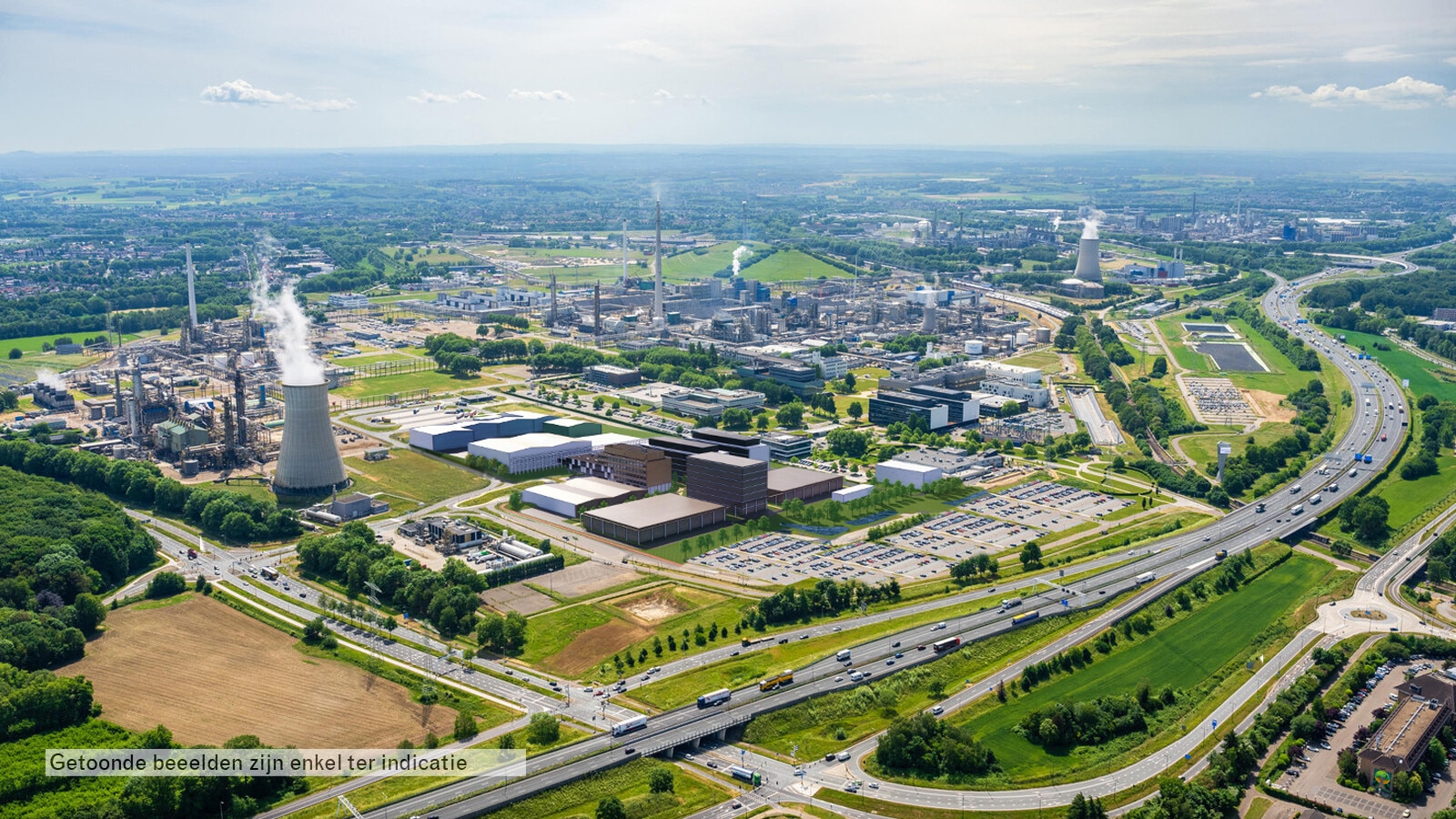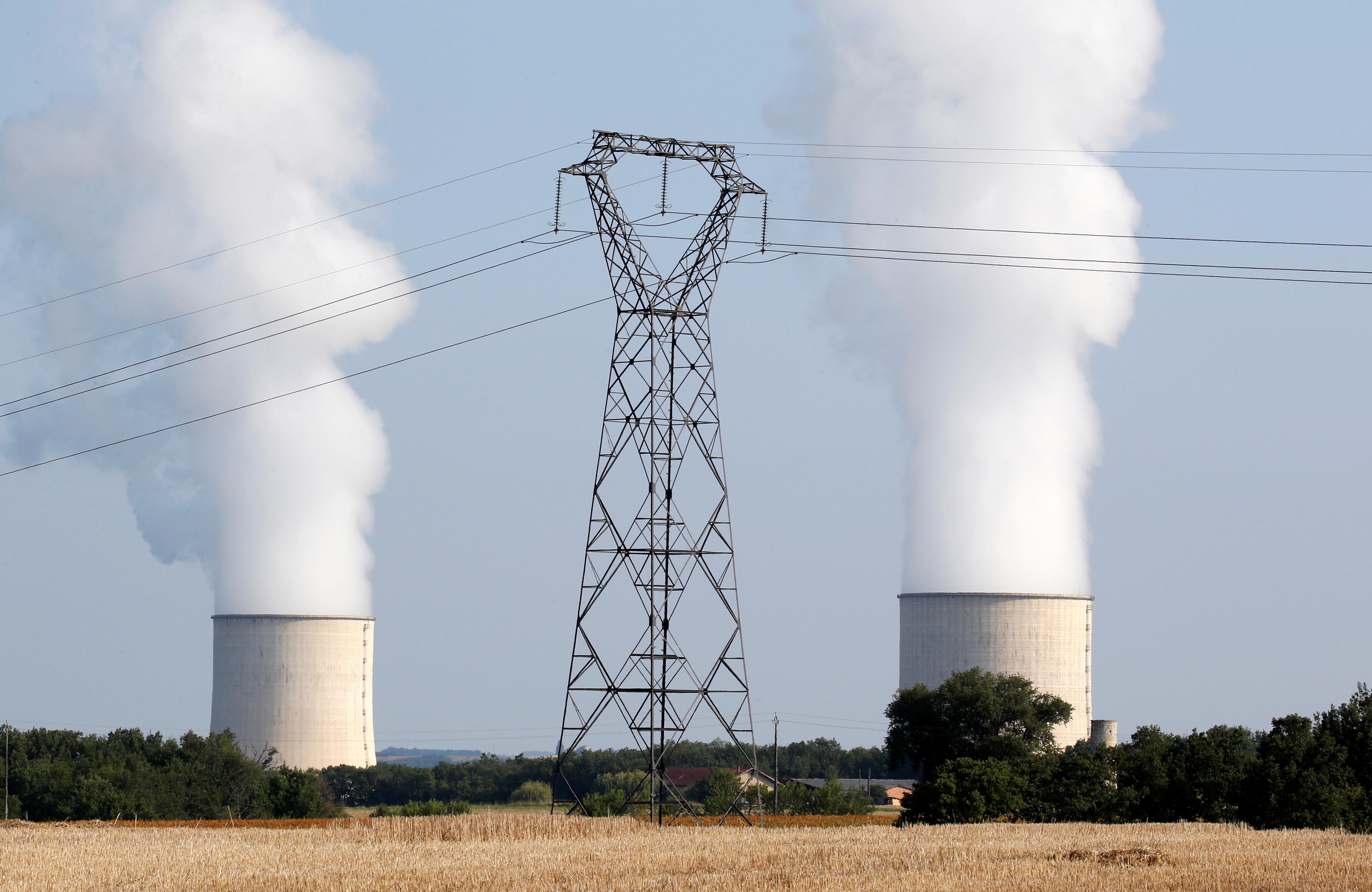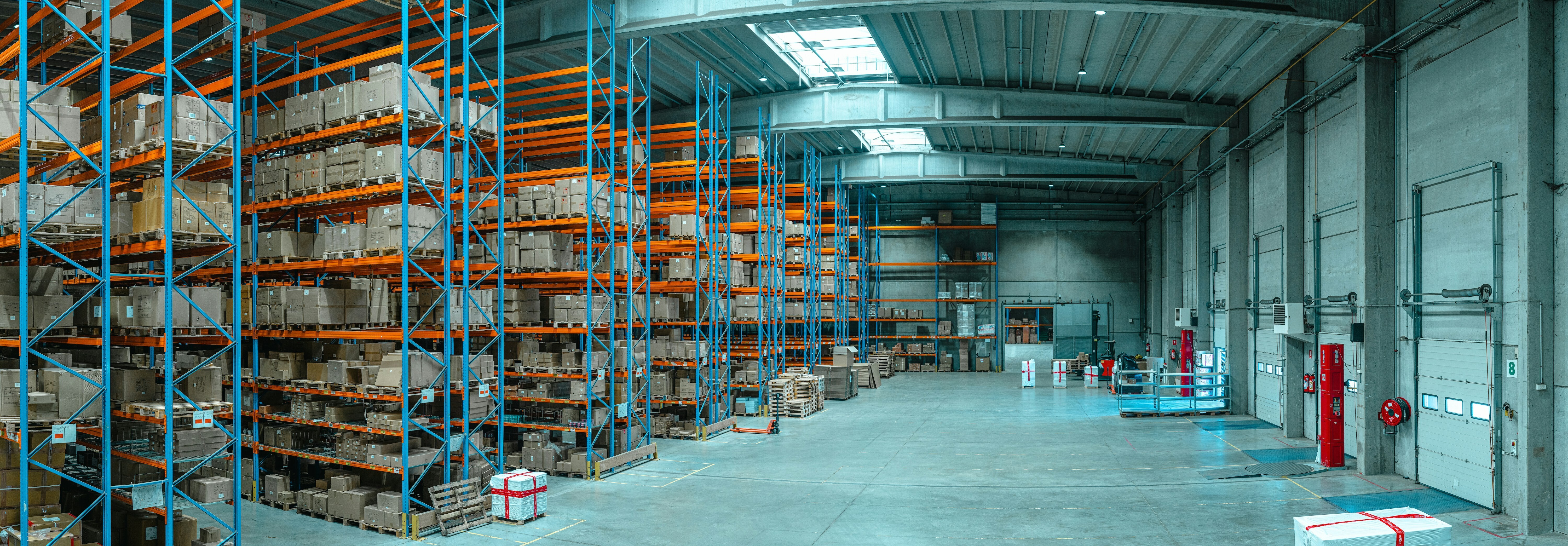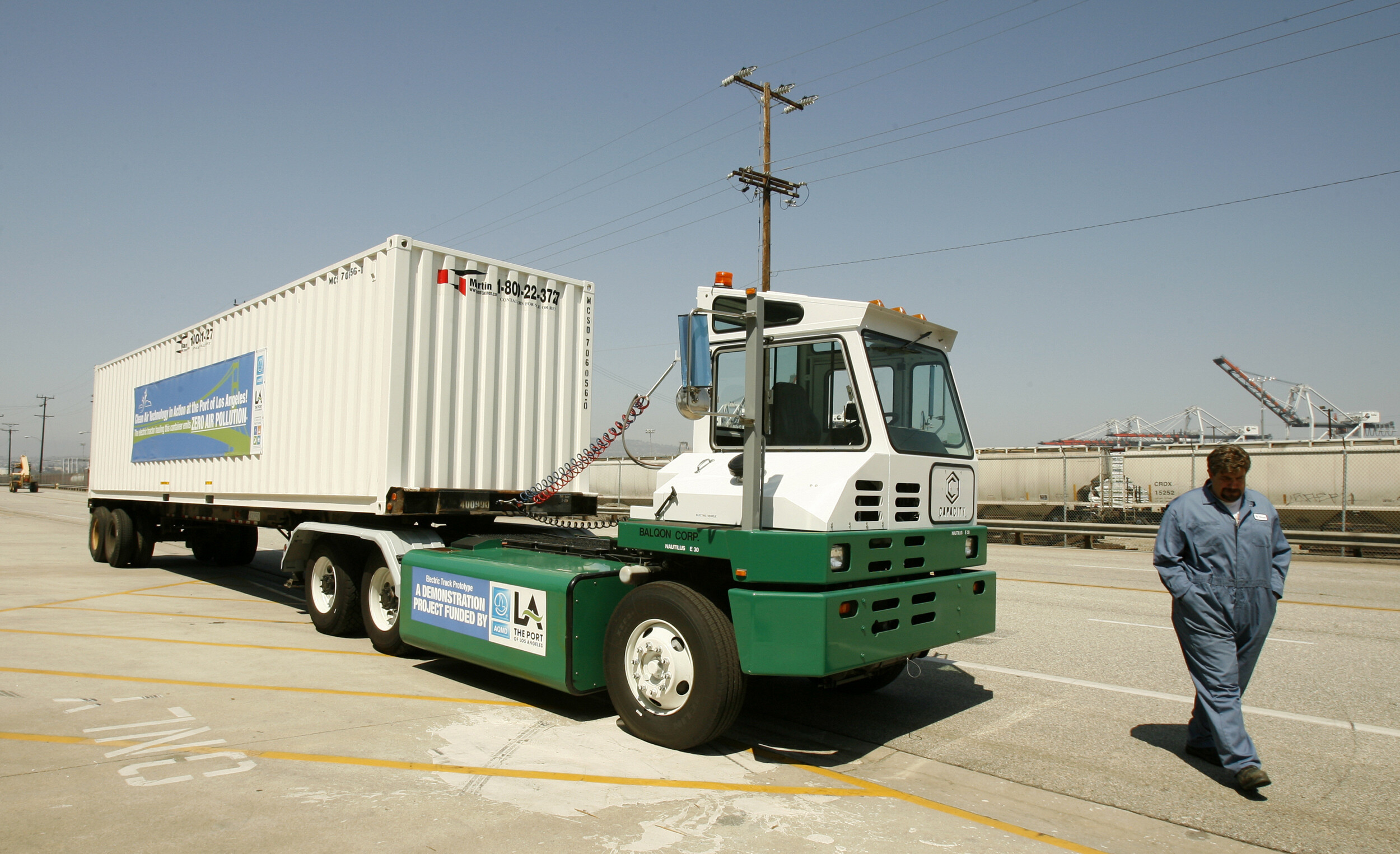How supply chains need to adapt to a shifting global landscape

Supply chains must evolve to remain competitive in a fragmented world. Image: Chuttersnap
- As geopolitical tensions and economic uncertainty reshape the global landscape, supply chains must evolve to remain competitive in a fragmented world.
- To thrive amid disruption, organizations must build adaptive, digitally enabled supply networks that prioritize diversification, agility, and long-term strategic readiness.
- The World Economic Forum and Kearney present four plausible global outlooks for the future of supply chains, each with distinct implications for trade, regulation and resilience.
As 2025 unfolds, shifting trade dynamics and geopolitical tensions are reshaping the global order – and with it, supply chains. Amid uncertainty, business leaders and investors remain in a wait-and-see mode. This delays strategic commitments and capital investments, potentially impacting innovation. Prolonged uncertainty, however, should not cause decision paralysis. While clarity on geopolitical and economic trajectories remains elusive, businesses must act to keep supply chains moving.
How can organizations make strategic supply chain decisions amid uncertainty and build readiness to adapt and execute when clarity emerges?
In this article, the World Economic Forum and Kearney explore four plausible global outlooks that could unfold simultaneously. Each of these presents distinct operating environments for supply chains. The objective is to identify common priorities where near-term actions can enhance resilience and performance, regardless of the outlook.
Four outlooks take shape, driven by two global forces: Geopolitical Fragmentation and Global Economic Convergence (see figure). While divergence and misalignment between regions are likely, a cohesive global order remains improbable in the near term. Institutions such as the IMF, OECD and UN project continued growth headwinds amid rising global uncertainty. This will dampen strategic planning and investment. In response, we must adopt a practical lens to define future outlooks reflecting real-world dynamics.

Each outlook presents distinct conditions that reshape how global supply chains navigate regulatory, technological and resilience challenges.
Outlook 1: Reformed – Supply chains rebalance in a rules-based, multilateral world
Stabilizing the rules-based order recalibrates global supply chains. Trade agreements among the US, EU, India and key Asian economies, alongside a cooling of US-China friction, enable regulatory convergence, reduce tariff uncertainty and support selective cooperation on global challenges such as climate and public health.
Governments define frameworks for digitalization, sustainability and infrastructure resilience. Businesses accelerate investments in digitalization, automation and cyber-secure platforms to enable real-time visibility and offset the costs of localizing production. Workforce upskilling programmes enable management of next-generation systems.
Public-private boundaries blur further. Coordinated industrial policy, R&D funding and immigration reforms increasingly shape private-sector decisions. Many firms await clearer policy signals before investing, particularly in areas like energy transition, data governance and resource access.
Have you read?
Outlook 2: Fragmented – Supply chains scale selectively amid competing blocs and regulatory divergence
Global fragmentation deepens as industrial policies expand and protectionist measures surge, particularly in the United States, China and the EU. This focus on domestic priorities fuels isolationist sentiments, weakening alliances and curtailing external aid programmes. Countries engage transactionally on more economic terms rather than on trust.
Supply chains reconfigure around shifting partnerships and competing spheres of influence. The West pursues reshoring and secure digital infrastructure. Emerging economic blocs in the Global South compete for influence by offering alternative technologies and financing packages. Resource nationalism and opaque bilateral deals drive volatility and input costs higher, forcing firms to localize, hedge through redundant supply networks or stockpile critical resources.
Regulatory fragmentation in climate, technology and data governance intensifies operational complexity as firms navigate overlapping standards and incompatible rules across competing regions. Labour strategies turn inward, limiting mobility and deepening skills mismatches. ESG reporting becomes hyper-local, rigorous in some blocs and diluted in others to attract investments.
Outlook 3: Volatile – Supply chains adapt for endurance in a world of uneven growth and softened tensions
While geopolitical tensions moderate, volatile economic allegiances introduce a new kind of instability. Growth trajectories split, inflation patterns diverge and capital flows remain erratic, complicating global supply chain planning. Regions once tightly integrated begin to decouple economically. Some economies attract capital surges, fueling rapid technology adoption and infrastructure upgrades. Others face inflation spikes, currency volatility or debt constraints – limiting their ability to modernize or sustain supply chain reliability.
Trade corridors remain open, but weak fiscal coordination and rising interest rates delay infrastructure upgrades, customs harmonization and energy transitions. Technology adoption becomes increasingly uneven as digitally mature regions automate aggressively while undercapitalized economies struggle to replace legacy systems. This creates persistent chokepoints, supply chain blind spots and heightened cybersecurity exposure.
Organizations become cautious, delaying long term expansion and investment plans while awaiting clarity on trade, tax and sustainability mandates. ESG commitments fragment further in the absence of strong global enforcement, with firms maintaining minimal ESG compliance to meet expectations. Labour mismatches intensify as immigration tightens and upskilling lags technological demands.
Outlook 4: Degraded – Supply chains recoil from conflict in a world of fading multilateralism
Eroding trust in multilateral institutions and rising geopolitical conflict exacerbate economic distress and unravel global supply chains. Nations prioritize control and security over efficiency and cooperation, triggering an era of deglobalization. Tariffs, embargoes and nationalization efforts trigger severe input shortages, causing firms to hedge through costly stockpiles or black-market sourcing, undermining transparency and predictability.
In conflict-prone and fiscally overstretched regions, infrastructure degrades and critical trade corridors become unusable or controlled by state or non-state actors, forcing rerouting through longer, more unsecure pathways. Digital isolation accelerates amid capital constraints and cyberattacks, forcing firms to maintain ageing digital systems. Supply network visibility deteriorates, exacerbated by unreliable data and opaque logistics. Labour markets hollow out due to restricted migration, inadequate training and ageing population in high-income nations.
While multiple outlooks may unfold simultaneously across regions, one strategic imperative cuts across: supply chains must be designed to embrace uncertainty and respond with agility. In an era shaped by geopolitical shifts, regulatory churn, and climate volatility, supply chain competitiveness hinges on the ability to re-route, re-scale and re-align as operating conditions evolve.
Achieving this capability requires moving beyond traditional, one-dimensional approaches such as concentrated footprints or blanket reshoring strategies. Instead, businesses must architect globally distributed, digitally empowered supply ecosystems that embed flexibility and optionality by design. As underscored by the OECD’s 2025 Supply Chain Resilience Review, the solution lies not in retrenchment but in re-architecting global networks to be more diversified, digitally enabled, and institutionally aligned.
The outdated notion that scale and agility are mutually exclusive is no longer tenable. Through modern network architecture, the two can – and must – coexist. This means rethinking scale itself: not as a centralized concentration of assets, but as distributed, dynamic capacity across the full global supply chain, enabled by real-time visibility and digital coordination.
The conversation must now evolve beyond binary choices such as decoupling versus reshoring, towards sophisticated strategies for building intelligent, adaptive supply systems that deliver efficiency, resilience, and responsiveness across any global outlook. This shift requires a practical agenda. It needs to be centered around pragmatic enablers, collaborations, and investments. This will translate vision into concrete steps for global supply chain transformation.
Don't miss any update on this topic
Create a free account and access your personalized content collection with our latest publications and analyses.
License and Republishing
World Economic Forum articles may be republished in accordance with the Creative Commons Attribution-NonCommercial-NoDerivatives 4.0 International Public License, and in accordance with our Terms of Use.
The views expressed in this article are those of the author alone and not the World Economic Forum.
Forum Stories newsletter
Bringing you weekly curated insights and analysis on the global issues that matter.
More on Supply Chains and TransportationSee all
Irene Varoli and Filippos Kaponis
December 18, 2025





